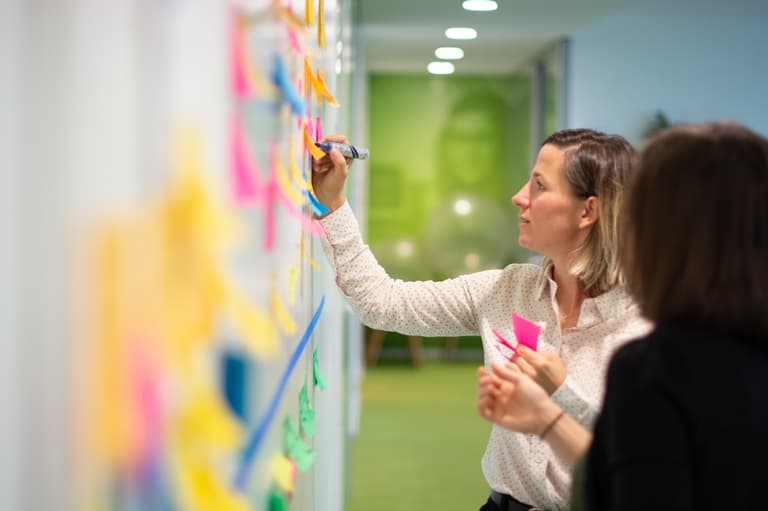When working digitally, it is easy to fall into the trap cleverly summarised by Maslow:
“When all you have is a hammer, everything looks like a nail.”
In other words, finding a useful solution from a technological perspective alone is like looking at a problem through a magnifying glass, without taking the environment into account. As a designer in a digital agency, the idea is instead to place human beings at the heart of everything we do. Therefore, when a client submits a project to us, our first task is not to decide which interface to design or which technology to adopt. Instead, we prefer to take a step back and start with meeting the real people who will use our product.
The Lean approach is a very suitable methodology to meet this challenge. Whether it's using Lean Startup to explore the viability of business ideas or Lean UX to meet the needs of the people, we are working for.
Working on-site to develop a solution that really makes sense
For example, in one of our projects in the industrial sector, we did not start working on the interface design or developing features solely based on our client’s specifications. Instead, we suggested applying our methodology and conducting a series of interviews with engineers and workers. We also followed them while they undertook their activities to observe their work habits. Therefore, we could ascertain their actual needs and sticking points, while also discovering the tricks they had put in place to facilitate their tasks.
Although this work did not necessarily match our client’s specifications, they were still more than happy to support this research.
This saved a lot of time and money since we were able to subsequently design and test a solution using the same people. Due to this, the solution was fully tailored to the needs of the people who would later actually use it. They even became ambassadors for change when it was time to deploy these new tools. We believe this to be an example of where technology actively supports digital progress.
The media version of this blogpost was published in the special issue of Bilan “Futur digital” in April 2022.

